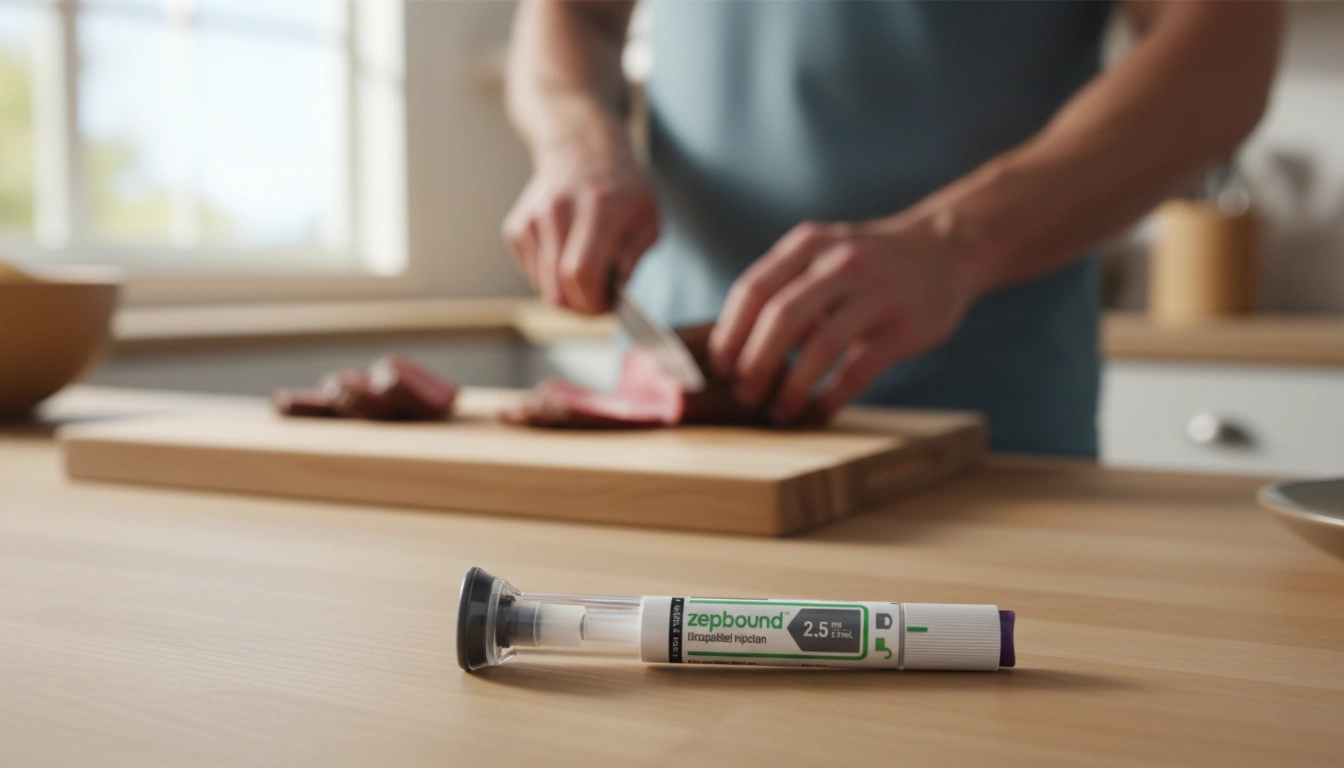What is the Therapeutic Dose of Zepbound?

Introduction
Did you know that nearly 45% of the adult population in the United States is classified as obese? This staggering statistic highlights the growing prevalence of obesity and its associated health risks, such as diabetes, cardiovascular disease, and sleep apnea. With such alarming rates, effective weight management solutions have never been more critical. One of the cutting-edge options available today is Zepbound, an injectable medication designed to assist adults in managing their weight, particularly those who are overweight or have obesity-related health conditions.
In this blog post, we will explore the therapeutic dose of Zepbound, its benefits, and the considerations necessary for its use. Our aim is to provide you with a comprehensive understanding of how Zepbound works, the recommended dosing schedule, and what to expect during your weight management journey with this medication. By the end of this article, you will be well-equipped to discuss the therapeutic use of Zepbound with your healthcare provider and understand how it may fit into your overall weight loss strategy.
So, whether you're considering Zepbound as a potential tool in your weight loss journey or just curious about this treatment option, join us as we delve into the specifics of its therapeutic dosing.
Understanding Zepbound
Zepbound, which contains the active ingredient tirzepatide, belongs to a class of medications known as GLP-1 receptor agonists. This class of drugs is designed to mimic the effects of the incretin hormones that the body naturally produces. These hormones play a key role in glucose metabolism and appetite regulation. Zepbound is primarily used to help adults manage their weight in conjunction with a reduced-calorie diet and increased physical activity. It is not intended for cosmetic weight loss but rather for those struggling with obesity or overweight, especially when accompanied by related health conditions.
How Zepbound Works
Zepbound works by activating the GLP-1 receptor, leading to increased insulin secretion, decreased glucagon levels, and reduced appetite. The result is a more effective regulation of blood sugar levels and, ultimately, weight loss. This multifaceted approach helps individuals not only manage their weight but also improve their overall metabolic health.
Recommended Therapeutic Doses of Zepbound
Understanding the therapeutic dosing of Zepbound is essential for achieving optimal results while minimizing side effects. The medication is available in various strengths, which allows for a tailored approach to treatment.
Starting Dosage
When beginning treatment with Zepbound, the standard starting dose is 2.5 mg once weekly. This lower dose is intended to help the body adjust to the medication and reduce the risk of gastrointestinal side effects, which are common with GLP-1 receptor agonists.
Dose Escalation
After the initial four weeks of treatment at the starting dose, healthcare providers will typically increase the dosage to 5 mg once weekly. This increase is crucial to enhance the medication's effectiveness in promoting weight loss.
Following this, healthcare providers may continue to adjust the dose in increments of 2.5 mg at least every four weeks, depending on individual response and tolerability. The goal is to reach the maximum recommended dosage of 15 mg once weekly.
Maintenance Dosages
For long-term weight management, the recommended maintenance doses for Zepbound are as follows:
- Weight Reduction: 5 mg, 10 mg, or 15 mg once weekly.
- Obstructive Sleep Apnea (OSA): 10 mg or 15 mg once weekly.
It's important to note that the maximum dosage of Zepbound for all indications is 15 mg once weekly.
Administration of Zepbound
Zepbound is administered via subcutaneous injection, which can be done in various sites, including the abdomen, thigh, or upper arm. It's essential to rotate injection sites to minimize discomfort and potential skin reactions.
Instructions for Use
- Preparation: Wash your hands thoroughly before handling the medication. Check the Zepbound pen or vial for any damage or irregularities.
- Injecting the Medication: Follow the instructions provided by your healthcare provider for proper injection technique. Ensure you are using a new, sterile needle for each injection.
- Post-Injection Care: After injecting, dispose of the used needle and pen in an FDA-cleared sharps container. Avoid reusing needles or sharing them with others.
If you miss a dose, it's generally recommended to take it as soon as you remember, as long as it’s within four days of the scheduled time. If more than four days have passed, skip the missed dose and wait for the next scheduled injection.
Potential Side Effects
As with any medication, Zepbound may cause side effects. The most common side effects associated with Zepbound include:
- Nausea
- Diarrhea
- Vomiting
- Constipation
- Abdominal pain
- Fatigue
- Injection site reactions
These side effects often diminish over time as the body adjusts to the medication. However, if side effects become severe or persistent, it is essential to consult with a healthcare provider.
Conclusion
Zepbound represents a promising option for individuals struggling with weight management, particularly those with obesity or weight-related health conditions. Understanding the therapeutic dosing—starting at 2.5 mg and potentially increasing to a maximum of 15 mg once weekly—can help you navigate your weight loss journey effectively.
By working closely with healthcare professionals to tailor the treatment plan to your unique needs and lifestyle, we can embrace a path toward healthier living. If you’re considering Zepbound as part of your weight management strategy, we encourage you to take our free assessment quiz to determine your eligibility for prescription weight loss medications.
Together, we can explore the possibilities of sustainable weight loss and improved health outcomes through personalized care and support.
FAQ
What is Zepbound used for?
Zepbound is an injectable medication used to help adults manage weight, particularly those who are overweight or have obesity-related health conditions. It should be used in conjunction with a reduced-calorie diet and increased physical activity.
How is Zepbound administered?
Zepbound is administered as a subcutaneous injection, typically in the abdomen, thigh, or upper arm. It is recommended to rotate injection sites to reduce discomfort.
What are the common side effects of Zepbound?
Common side effects include nausea, diarrhea, vomiting, constipation, abdominal pain, and fatigue. These side effects often decrease over time as your body adjusts to the medication.
How does Zepbound work?
Zepbound mimics the effects of GLP-1, a hormone that regulates appetite and glucose metabolism, leading to increased insulin secretion, decreased glucagon levels, and reduced appetite.
How do I know if Zepbound is right for me?
Consult your healthcare provider to determine if Zepbound is suitable for your individual health needs. You can also take our free assessment quiz to find out if you qualify for prescription weight loss medications.
By understanding Zepbound's therapeutic dosing and its role in weight management, we are better positioned to make informed decisions about our health. Let's take this journey together towards a healthier, more fulfilling lifestyle.

Transforming Lives, One Step at a Time
Keep reading
Navigating Your Path: How Many Doses Are In Zepbound and What It Means for Your Health Journey
Curious how many doses are in Zepbound? Discover its weekly dosing schedule, available strengths, and titration process for effective weight loss. Learn more!
Navigating Your Zepbound Journey: Understanding Dosing and Expert Guidance
Wondering how to split doses of Zepbound? Learn why it’s unsafe & not recommended. Get expert guidance on Zepbound dosing for safe, effective weight loss with TrimRx. Click to learn more!
Understanding Zepbound Dosing: What is the Lowest Dose Available for Your Weight Loss Journey?
Curious what is the lowest dose of Zepbound available? Learn about Zepbound’s 2.5mg starting dose, titration, and safe use for weight loss. Get expert guidance!



